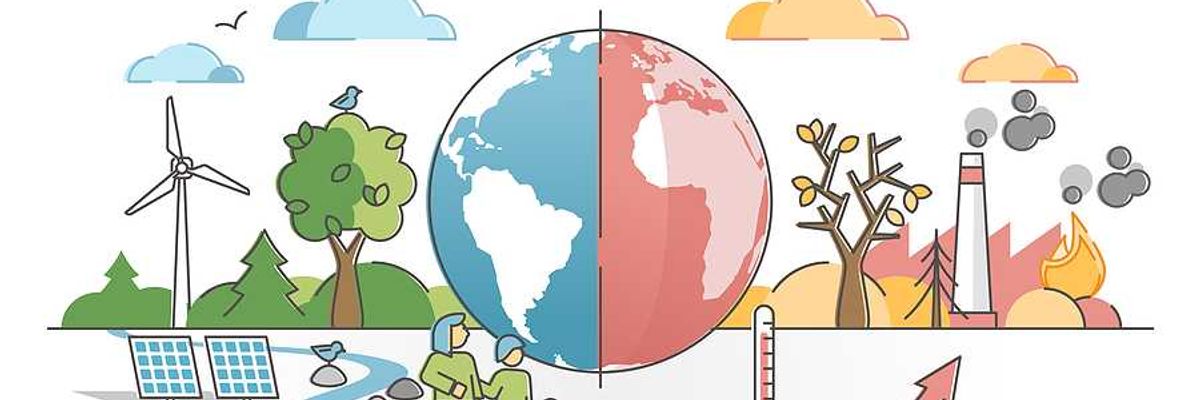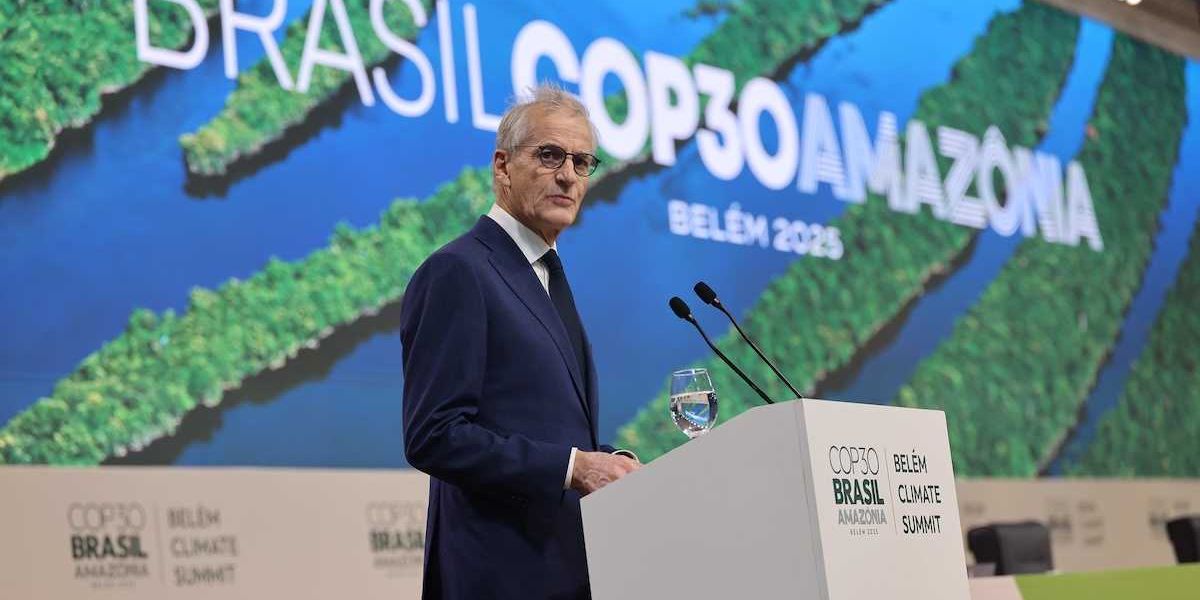cement technology
California startup launches innovative cement technology to cut carbon emissions
California startup Fortera has developed a groundbreaking technology that captures and recycles carbon emissions from cement production, launching its first commercial application at a major facility in Redding.
In short:
- Fortera, a California-based startup, has developed a new technology that captures carbon emissions during cement production and reincorporates them into the process, potentially reducing the industry's significant carbon footprint.
- The technology will be implemented at a CalPortland facility in Redding, California, marking its first large-scale commercial application.
- Initial production will blend the new low-carbon product with traditional materials, aiming for a 10% carbon reduction, with aspirations to increase this significantly over time.
Key quote:
"Our target is about being a ubiquitous solution that can work really at any plant."
— Ryan Gilliam, CEO of Fortera
Why this matters:
Cement production is a major source of global carbon dioxide emissions, integral to building modern infrastructure but environmentally problematic. Current efforts to reduce the carbon footprint of cement production include improving energy efficiency, using alternative fuels like waste and biomass, and developing innovative materials that can replace traditional cement.
Ramped-up US construction exposes workers to an unregulated toxic.
Reinventing cement: Colorado researchers aim for CO2 drawdown by "growing" cities of future
The massive worldwide pouring of concrete as developers densify cities could be transformed, eliminating heat-trapping pollution into the atmosphere, by switching to a new kind of cement created in Colorado — cement that is “grown” by harnessing tiny sea organisms.









